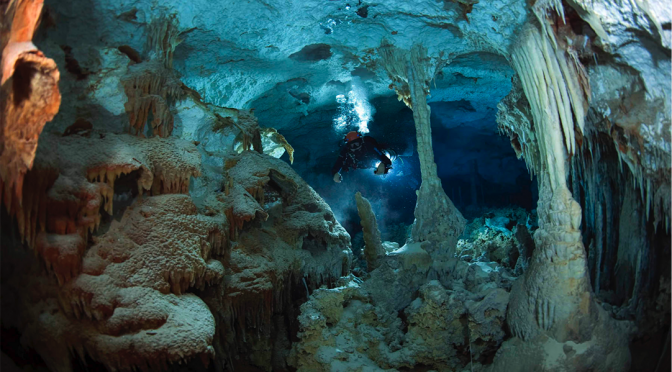Speleogenesis: How were caves and cenotes formed?
Cover photography by Jill Heinerth Leer en español One of the distinctive features of the northern Yucatán Peninsula is its almost flat topography, lacking valleys or mountains, and altitudes that barely exceeds 30 meters. The soil type consists mainly of limestone, or saskab (Maya word for “white soil”), which contains calcium and magnesium carbonates that … Continue reading Speleogenesis: How were caves and cenotes formed?
16 Comments
